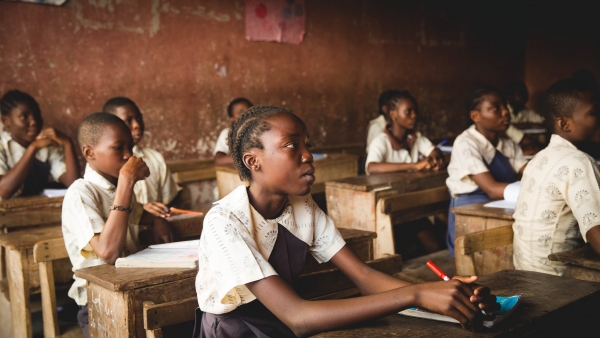Attacks against education include any kind of threat or use of force, from political to religious, ideological or ethnic reasons, against students, teachers and educational institutions. The consequences of these attacks, apart from the immediate ones such as the destruction of facilities and the death of teachers and students, may impede the achievement of development goals in the long term due to the decrease in national education levels. The Global Coalition to Protect Education from Attack has been working since 2010 to protect students, teachers and educational institutions during armed conflicts. The GCPEA report analyzed here aims to highlight what has been achieved so far and what still needs to be done to ensure a future in which education can be safe even during conflicts.
According to the GCPEA, 11,000 attacks on education were carried out between 2015 and 2019, affecting a total of around 22,000 students and educational staff. These attacks include the bombing of schools, the abduction and recruitment of students by the armed forces, sexual abuse of teachers and students and the exploitation of educational facilities for military purposes. Also, between 2015 and 2019, the GCPEA estimated that more than 7,300 incidents were direct attacks against schools. The Democratic Republic of Congo (DCR) and Yemen are defined as the territories most prone to this type of violence, with a total of 1,500 incidents occurring between 2015 and 2019, as reported by the Global Coalition to Protect Education from Attack.
The past decade has seen a number of positive developments related to the protection of schools from attacks. A prime example is the “Safe Schools Declaration”, an intergovernmental agreement sponsored by the governments of Argentina and Norway in 2015, through which the States Parties commit to ensure the protection and continuity of education during armed conflict. The Declaration also includes a commitment by states to provide assistance to victims of potential attacks and to prosecute those responsible for such crimes. In May 2020, the number of states supporting the Declaration amounted to 104. GCPEA found that in those countries where the Declaration was adopted in 2015, there was a reduction in the number of attacks against schools from 160 in 2015 to 60 in 2018.
A further step towards a safer education is represented by the new “Guidelines for Protecting Schools and Universities from Military Use during Armed Conflict”, which have been drawn up by the international community to protect educational facilities during conflicts and have achieved significant results. In fact, between 2015 and 2018, the total number of incidents in which educational institutions were used for military purposes was reduced, and more than a dozen countries modified their national policies in line with the guidelines promoted by the international community. The latter has also increased its efforts to ensure greater accountability of perpetrators of crimes against education. The International Criminal Court (ICC), as well as independent investigative mechanisms and individual states, have begun to pay greater attention to attacks on education and adopt mechanisms to ensure that perpetrators are not left unpunished. In addition, the GCPEA has helped to highlight the need for a gender approach to tackle attacks against education. Indeed, women are more likely to be exposed to such attacks in at least 21 of the 37 countries analyzed in the GCPEA report. Violence following attacks generally manifests itself in sexual abuse and the repression of women’s and girls’ access to education by prioritizing men’s education. Moreover, recruitment by armed groups, forced marriages and abductions have added a further impediment to the completion of girls’ education.
The awareness of the importance of protecting and ensuring the continuity of education even during conflicts is growing at both international and national levels. However, based on the GCPEA report, there is still much work to be done to turn this awareness into a concrete reality. In light of this, the report emphasizes the need to ensure greater commitment to the implementation and universal application of the “Safe Schools Declaration”; the necessity of new international standards to limit the use of educational facilities for military purposes; and new programmes and policies, supported with greater funding, to prevent and respond to attacks on education.
To know more, please visit:




